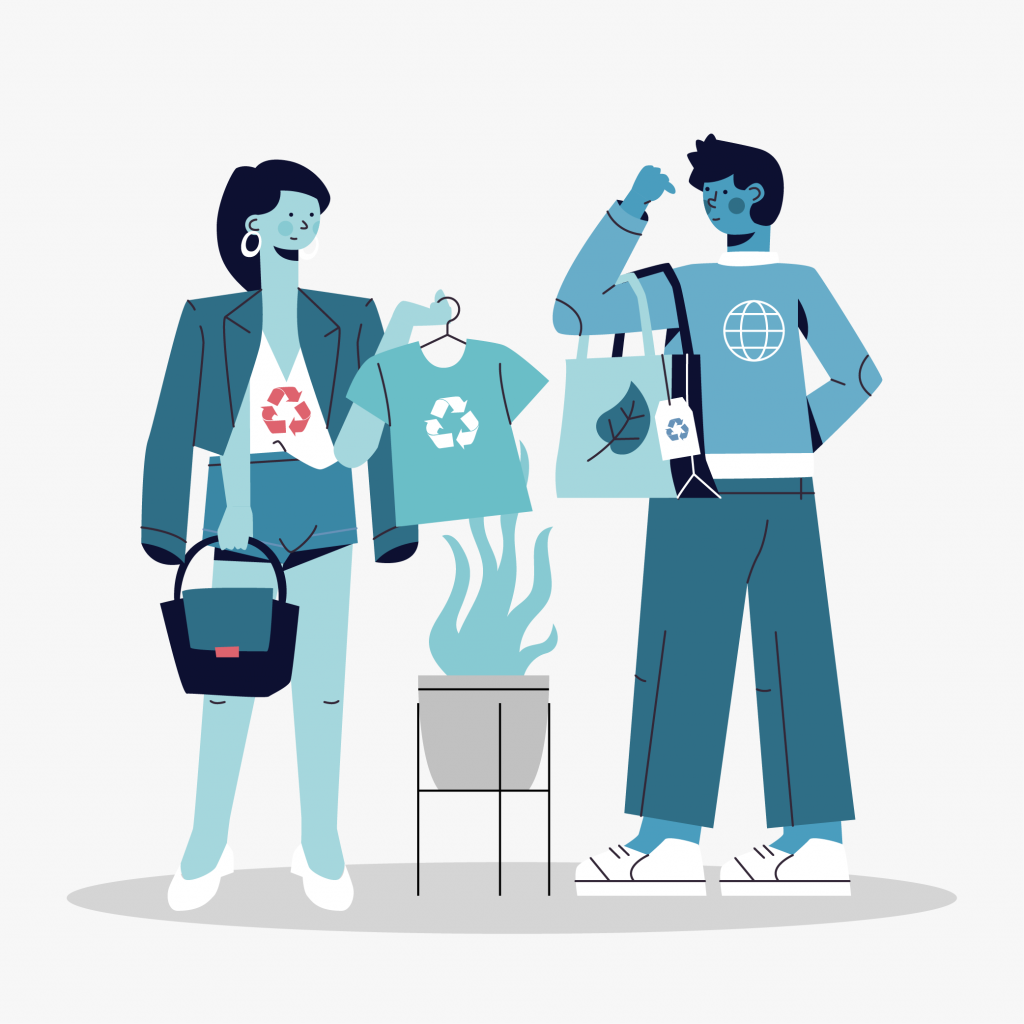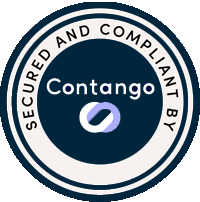Aug 23
A Complete Guide to Sustainable Branded Merchandise Lifecycle Management
As your brand partner, we are committed to more than just designing and selling new merchandise. We are passionate about helping companies responsibly recycle and repurpose outdated branded collateral.
Having and not knowing what to do with obsolete merchandise is a common issue that many companies face, yet it often goes unaddressed. Factors such as rebranding, strategy shifts, overordering, and mergers or acquisitions create this challenge. While it’s a frequent and normal occurrence, finding effective ways to manage it remains a struggle for many.
This guide was created to help your efforts by providing a comprehensive five-step guide that offers valuable insights and strategies for effectively managing the lifecycle of your branded merchandise. When not properly addressed, it can lead to waste, environmental harm, and missed opportunities. However, with a strategic approach, these challenges can be transformed into opportunities for cost savings, sustainability, and brand enhancement. Together, we can create a more responsible and innovative approach to managing your branded merchandise.

Step 1: Evaluate Your Branded Merchandise Inventory
The initial step in managing your branded merchandise responsibly is to take stock of your inventory. Conducting an inventory evaluation is vital to gain a clear understanding of the different items, their quantities, and their current condition. This evaluation should encompass a wide range of merchandise, including apparel, promotional products, office supplies, and packaging materials. Determine which items are obsolete, overstocked, or no longer fit your brand’s identity.

Step 2: Explore Repurposing Possibilities
After gaining a complete understanding of your branded merchandise inventory, the next step is to identify opportunities for repurposing. This process involves assessing items that can be reused, upcycled, or creatively transformed to extend their lifecycle and reduce waste. Consider merchandise that could be utilized in different ways or adapted for new marketing initiatives.
Step 3: Partner with Sustainability-Focused Organizations
After identifying opportunities for repurposing and upcycling your branded merchandise, the next vital step is to collaborate with organizations that align with your sustainability goals and brand values. Consider reaching out to nonprofits or environmentally conscious companies. By forming partnerships with these organizations, you can enhance the social and environmental impact of your initiatives.
Step 4: Execute Repurposing and Recycling Plans
With a focus on sustainability, put into action your plans for repurposing and recycling branded merchandise. This could involve donating items to charities, transforming materials into new, innovative products, or recycling to minimize waste. Implementing these strategies not only reduces waste but also supports your company’s environmental goals, positively reflecting on your brand’s reputation.

Step 5: Share Your Sustainability Efforts
The final step involves sharing your company’s sustainability journey with both internal and external audiences. Integrate your repurposing and recycling efforts into your corporate social responsibility (CSR) initiatives and marketing campaigns. Publicize your achievements and progress through social media, press releases, and your website. By showcasing your dedication to sustainability, you enhance your brand image and encourage others to adopt responsible consumption practices.
Effectively managing the lifecycle of branded merchandise takes a long-term commitment. It involves more than just cutting waste or lowering expenses; it’s about integrating environmental responsibility into your brand’s values, which is increasingly vital for contemporary businesses.
By adhering to this 5-step guide and considering eco-friendly options, you can confidently navigate the complexities of branded merchandise. This approach ensures that your efforts contribute to a more sustainable and conscientious business environment. The goal is to look beyond the products themselves and realize the opportunities they present for fostering a greener, more promising future.







